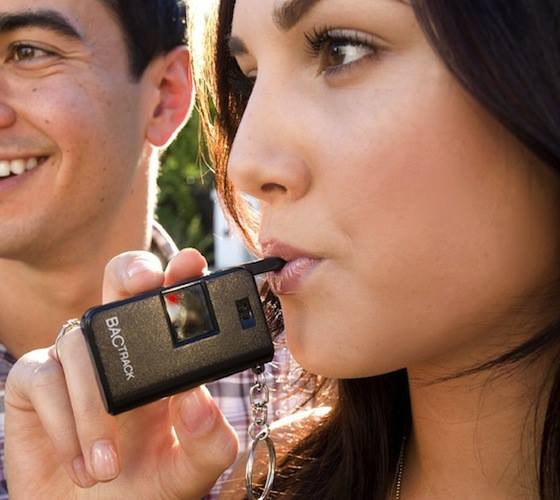Based on survey statistics released by the Centers for Disease Control and Prevention (CDC), more than four million adults in the United States admitted that they sometimes drink and drive. However, the actual number of Americans who engage in drunk driving while under the influence or intoxicated could be higher since some people might not confess to drinking and driving.
The findings of the study were published in the CDC's Morbidity and Mortality Weekly Report.
Amy Jewett is a CDC team member. She noted that the figures did not include teens under the age of 18 who drove a vehicle while inebriated.
More than 10,000 drivers died in car or truck crashes across the U.S. in 2013 while drunk. Their bodies' alcohol level was higher than the legal limit.
In the CDC's survey 4.2 million adults (about 1.3 percent) said that during the past 30 days they had driven after drinking alcohol. That included beer, wine, or hard liquor.
The range of drunk driving cases among the different states was four-fold. Midwest states had the highest number of cases. However, drunk-driving rates were the highest in Hawaii, and the lowest in Utah, according to NYC Today.
People who did binge drinking also were also more likely to drive with illegal blood alcohol levels. That included alcoholics.
Jewett's team noted that auto accidents involving alcohol-impaired driving made up about one-third of all fatal crashes in the U.S. It also suggested that a nationwide seat belt law could reduce fatalities. The reason is that states in which police officers could pull over automobiles with passengers who had not buckled-up, had lower rates of driving after over-drinking alcoholic beverages.
Finally, men were responsible for four-fifths of all drunk-drinking incidents. Also, the population group with the highest rate of steering while drunken was men aged 21-34 years old.
Previous studies have revealed that one-third of American adults suffer from alcohol use disorders, according to Immortal.org. That includes those who did binge drinking (25 percent) or heavy drinking (7 percent) during the past month.




























